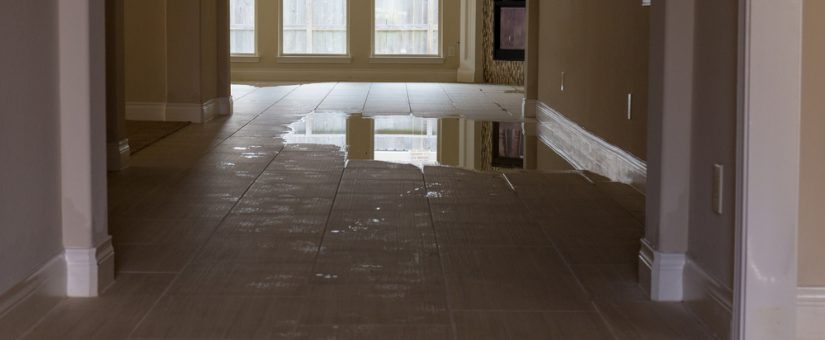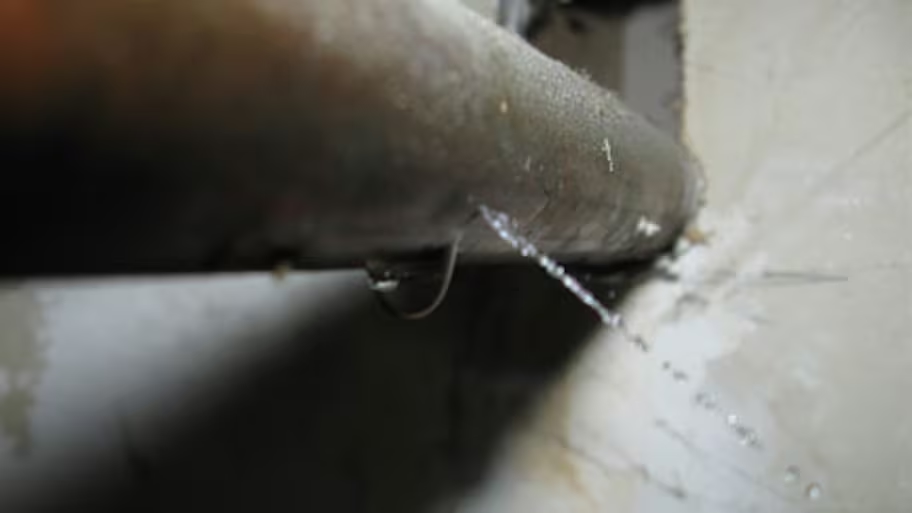Explaining the Six Most Common Causes of Home Water Leaks
Explaining the Six Most Common Causes of Home Water Leaks
Blog Article
Almost everyone has their own unique conception in relation to How to detect water leaks in your home.

Leakages not just create waste of water but can also cause unnecessary damage to your residence and also promote unwanted natural development. Water leakages may go undetected considering that many of the pipework in our house is concealed. By looking and recognizing for daily situations that cause leaks, you can safeguard your home from future leakages and unneeded damage. Today, we will consider 6 leak causes that might be triggering your pipes to trickle.
Trespassing roots
Most water leaks begin outside the house instead than inside it. You could discover wet spots or sinkholes in your yard, and also that may suggest that tree roots are attacking water lines causing water to seep out.
Rusty water supply
As time passes by, your plumbing system ages as well as corrosion such as corrosion might start gnawing the pipes. This may be the source of discoloration or warping on your pipes. This asks for an examination with your plumber quickly. If our plumbing system is old, think about changing the pipelines because they go to a greater risk of deterioration than the newer models.
Defective Pipe Joints
The point at which your pipes connect is frequently the weakest web link in the waterline. Pipeline joints can degrade with time, causing water leakages. However, most of pipe joints are not easily visible. If you have loud pipes that make ticking or banging noises, especially when the warm water is activated, your pipeline joints are possibly under a great deal of stress. It is suggested to have your plumber examine your system yearly.
Immediate temperature level adjustments.
Severe temperature adjustments in our pipes can trigger them to increase as well as get all of a sudden. This expansion and contraction might trigger splits in the pipes, specifically if the temperature level are below freezing. If you maintained an eye on how your plumbing functions, it would certainly be best. The presence of the formerly stated circumstances regularly suggests a high risk.
Poor Water Connectors
Sometimes, a leak can be caused by loosened hose pipes and pipes that provide your appliances. Usually, moving is what causes the loosened water Connections. You could discover when it comes to a washing machine, a pipe may spring a leak as a result of drinking during the spin cycle. In case of a water links leak, you might notice water running directly from the supply line or pools around your devices.
Blocked Drains
Clogged drains pipes could be bothersome and also inconveniencing, but they can often wind up triggering an overflow bring about burst pipelines. Maintain removing any products that may drop your drains pipes that could block them to stay clear of such inconveniences.
All the above are root causes of leaks however not all water leakages arise from plumbing leaks; some leaks may originate from roof covering leakages. All leakages must be fixed immediately to prevent water damages.
Leakages not just cause waste of water however can likewise create unneeded damages to your residence and promote undesirable natural development. By recognizing and looking for daily circumstances that cause leaks, you can protect your home from future leaks and unnecessary damage. Today, we will certainly look at 6 leakage creates that might be creating your pipelines to trickle.
At times, a leakage can be triggered by loose hose pipes as well as pipes that supply your appliances. In case of a water connections leakage, you may discover water running directly from the supply line or puddles around your appliances.
How To Check For Water Leak In Your Home
How To Check for Leaks
The average household's leaks can account for nearly 10,000 gallons of water wasted every year and ten percent of homes have leaks that waste 90 gallons or more per day. Common types of leaks found in the home are worn toilet flappers, dripping faucets, and other leaking valves. These types of leaks are often easy to fix, requiring only a few tools and hardware that can pay for themselves in water savings. Fixing easily corrected household water leaks can save homeowners about 10 percent on their water bills.
To check for leaks in your home, you first need to determine whether you're wasting water and then identify the source of the leak. Here are some tips for finding leaks:
Take a look at your water usage during a colder month, such as January or February. If a family of four exceeds 12,000 gallons per month, there are serious leaks.
Check your water meter before and after a two-hour period when no water is being used. If the meter changes at all, you probably have a leak.
Identify toilet leaks by placing a drop of food coloring in the toilet tank. If any color shows up in the bowl after 10 minutes, you have a leak. (Be sure to flush immediately after the experiment to avoid staining the tank.)
Examine faucet gaskets and pipe fittings for any water on the outside of the pipe to check for surface leaks.
Undetected water leaks can happen without the home or business owner even realizing. If you suspect a water leak, but not able to find the source. It is time to contact a professional water leak detection service, The Leak Doctor.
How To Find a Water Leak In Your Home
https://www.leakdoctor.com/blog/How-To-Check-For-Water-Leak-In-Your-Home_AE197.html

I'm very excited about How Fast Water Damage Can Ruin Your Home and I really hope you enjoyed the blog post. Enjoyed reading our blog posting? Please share it. Help other people locate it. Thank you for your time. Please come by our blog back soon.
Book An Appointment Report this page